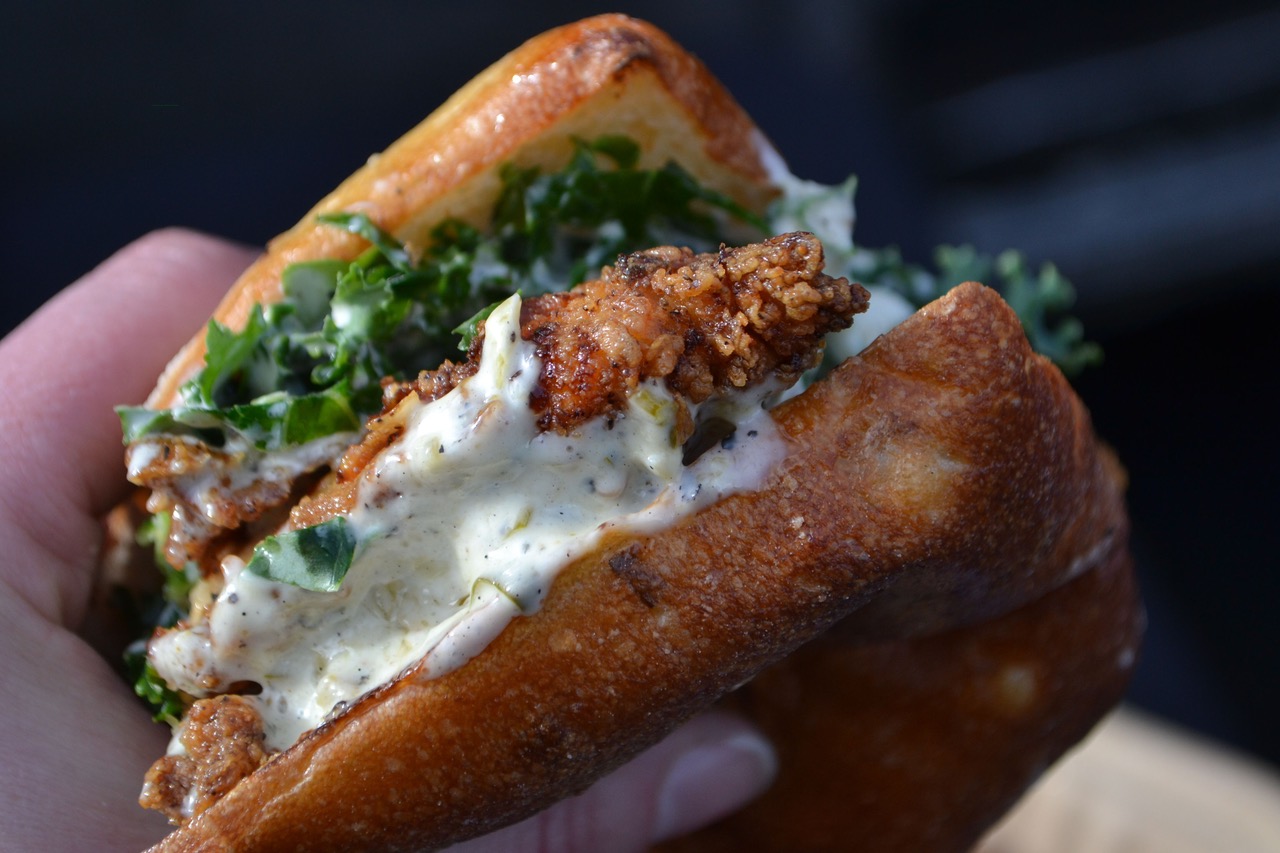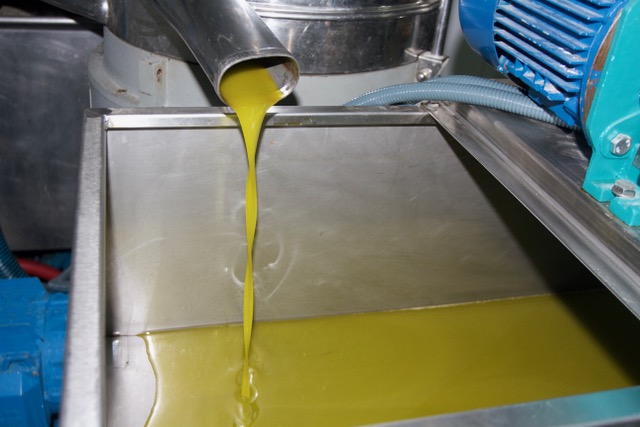Skillet’s food has a personality and flair that stands out. It’s been that way from the get go. When I think of Skillet, I think of assertive flavors, great recipes, classic culinary techniques applied to innovative spins on American favorites, and a focus on seasonal and local ingredients. Skillet is a beloved Seattle restaurant and I’m proud they’ve chosen Macrina rolls and breads for many of their classic dishes.
Leslie

In restaurant years, ten makes you a veteran. For Skillet, the ride has been adventurous. Skillet’s wild years began in a renegade Airstream trailer, involved a few skirmishes with a health department unfamiliar with food trucks, and a couple of run-ins with aggressive tow-truck drivers. But ambition, talent, and a few unforgettable dishes have carried Skillet to a successful but never dull maturity.
In 2007, street-food trucks weren’t a phenomenon. You could actually find downtown street corners without one. Beyond taco trucks—fabulous, yes, but one dimensional—there wasn’t much. Then Skillet’s pioneering street-food truck came along. People stood in long lines to eat the Fried Chicken Sammy, the Bacon Jam Burger, Poutine (not at all ubiquitous then), and the Kale Caesar. When discussing local food trucks, it’s fair to divide the conversation into Before Skillet (the dark ages) and After Skillet (the enlightenment).

Fast forward ten years, Skillet has grown into a Seattle institution. There are four brick and mortar restaurants—Capital Hill, Ballard, Denny Regrade, Seattle Center—and two food trucks. What hasn’t changed is the food. Skillet’s chef-driven take on American-inspired classics has become a brand unto itself. Their greatest hits—the chicken sandwich, the burger, the Caesar, the waffle with braised pork belly, the griddle cakes with compote—couldn’t be pulled from the menu without risking insurrection, maybe a little like a Pearl Jam concert in which the band refused to play “Evenflow.” It’s not that the new stuff isn’t worth trying—it is—it’s just that Seattle fell in love with Skillet’s classics first and won’t let go. And that’s just fine with Skillet. They continue to source great local food, fix it up, and serve their favorite dishes to customers, many of them long-time devotees.

The diners are spacious, light and airy, with a menu that expands upon the original food truck menu. To celebrate their tenth anniversary, Skillet is featuring a throwback menu all year that features recipes culled from old newsletters. March features the Lemongrass Pork Sammy with pickled ginger slaw. April features the Porchetta Sammy with hazelnut gremolata.

That catering plays a role in Skillet’s middle-aged evolution should come as no surprise. Skillet’s burgers, fries, and milkshakes were first introduced at founder Josh Henderson’s wedding. Now, with a team of over 100 talented people, Skillet can cater up to six simultaneous events. Hundreds of brides and grooms have chosen Skillet to cater their weddings.
Catering Manager, Jessica Paul Jones, says that in addition to weddings, private parties and corporate events make up the bulk of their catering. But they can handle just about anything in Pacific Northwest. They’ve even have a china box that can roast a whole pig. One memorable catering event was a party at the top of the Smith Tower. Jessica remembers carrying food and equipment up the stairs (“My legs hurt for days”). Then there was the one at a ‘huuuuge” house in Laurelhurst that sat above the lake with 103 slate steps winding down to the lakeside tables (“My legs hurt even worse”).
When major life events occur, some Skillet fans rely upon their favorite restaurant. One such customer is Brian Benjamin, a weekly food truck regular since 2009. His go-to item is the Fried Chicken Sammy. His parents met his fiancé’s parents for the first time at the Skillet restaurant in Ballard. And guess who’s catering their wedding?

Brian Benjamin
In a world of coincidences, one that isn’t all that surprising is that Brian is also a Macrina fan. He explains, “My fiancé, Jilian, used to live right behind the Macrina Bakery on Queen Anne. I always loved waking up on a weekend morning to walk over to get a ham and cheese brioche or Morning Glory muffin. We still swing by from time to time to pick up a loaf of rosemary semolina bread. I’m often more excited to eat the bread than I am the rest of the meal.”
Maybe that isn’t such a coincidence after all since Macrina’s potato roll has long been an essential part of Skillet’s Fried Chicken Sammy. At Macrina, we’re proud to be a part of one of Seattle’s favorite sandwiches.
What’s next for Skillet? Ani Pendergast, Skillet’s Director of Marketing, says, “Our focus is on maintaining the same kind of consistency we’ve always had. We’d love to open more neighborhood restaurants. But first we have to feel that we have the capacity to do it, then we need to find the right location. Our primary focus has always been on the food and the service. Whether you hit the restaurants, the trucks, or catering we want to be sure you get Skillet food and Skillet service. So we don’t spread ourselves too thin, we’ll only grow when we’re ready for it.”


 “I knew good olive oil, but I’d never tasted anything like his,” Sheila says. “The golden-green oil had a peppery spiciness to it, no bitterness, and a complexity and balance that I’d never experienced.”
“I knew good olive oil, but I’d never tasted anything like his,” Sheila says. “The golden-green oil had a peppery spiciness to it, no bitterness, and a complexity and balance that I’d never experienced.”

